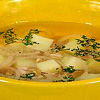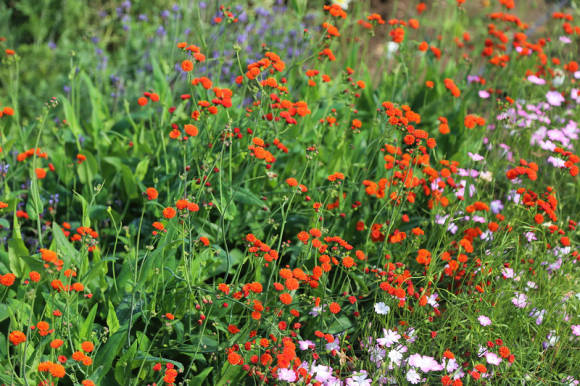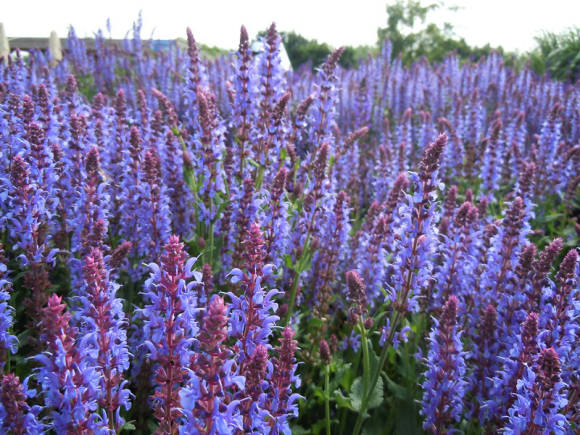Pogonaterum millet (Pogonatherum paniceum) - a stylish plant that is perfect for a Japanese or Chinese interior, modern minimalism and loft styles, or austere office design. This is a cereal that resembles bamboo in its appearance, it is often called so - Indoor bamboo. The plant forms a dense turf, rapidly expanding in breadth, while retaining the dense bright green of "bamboo" elliptical leaves. The stems do not exceed 30-50 cm in height, they are tough, like the leaves. There are more compact varieties such as Monica. The plant is used to create herbal bonsai.
The Latin name describes the appearance of the plant and originates from the Greek language, from the words pogon - beard and ather - awn.

Growing conditions and care
Location... Pogonaterum millet comes from the warm tropics of southern China, the islands of the Pacific and Indian Ocean, Australia. Therefore, he loves the sun and warmth very much. The best choice for him is south-facing windows. However, in the summer you will need shading in the middle of the day to prevent the leaves from fading and drying out around the edges. Room temperature + 18 ... + 25 ° C is very comfortable for him. In winter, this plant does not fall into a dormant state, but continues to grow. A short-term increase in temperature on the windowsill due to heating devices up to +30 (and even up to + 35 ° C) tolerates well with sufficient moisture.
Watering and spraying... Proper watering is perhaps the most important thing for the successful cultivation of this unpretentious plant. Pogonaterum does not tolerate overdrying of the soil, the earthen lump should always remain moist. You can find recommendations to water the plant from the pallet and leave water in it. But this can lead to root rot. Therefore, it is better to put a pallet with wet expanded clay under the pot, and drain the excess water after watering. Like any South Asian plant, Pogonaterum is supportive of humid air, it needs spraying.
Read more about watering in the article Watering rules for indoor plants.
Top dressing... The plant is fed with a complex mineral fertilizer for decorative deciduous plants, in the summer every 2 weeks, in the winter - once a month in a half dose.
Transplant and reproduction... Pogonaterum quickly assimilates the volume provided to it, so it has to be transplanted every spring. Having mastered the capacity, the compact bush begins to fall apart and can be placed in a hanging basket. It is preferable to choose wide and not very deep pots. The soil for Pogonaterum needs slightly acidic (pH 6.1-6.5), it must necessarily contain perlite or vermiculite to increase porosity, but at the same time be fertile. Therefore, periodically treat the plant with a spoonful of dry Vermicompost.
The transplant is combined with reproduction. The easiest way to reproduce is to divide the sod into 2-3 parts. This must be done very carefully in order to minimize trauma to the roots.
Cutting is also possible - propagation by the tops of stems with 2 internodes in a greenhouse.
Read more in the article Cutting indoor plants at home.
Pogonaterum in the garden
In the summer, starting in June, the plant can be displayed or added to the garden. The place is selected well warmed up, with lace penumbra in the middle of the day. If there is a reservoir, place the pogonaterum on the shore, here the plant's need for air humidity will be fully satisfied. In autumn, the plant must be returned to the house before the onset of frost (although the minimum temperature that the plant tolerates is -6 ° C). And do not forget to wash the plant and treat it with an insecticide so as not to introduce pests on indoor plants.
Since we are talking about pests, it must be said that the main enemy of the pogonaterum in indoor conditions is the spider mite.It settles when the soil and air dry out. As a rule, it is enough to wash the plant with cool water, but in case of severe damage, it will have to be treated with acaricide.
About plant protection - in the article Houseplant pests and control measures.
In conclusion, it should be noted that millet pogonatreum also has variegated forms with white or yellowish stripes along the leaves. But, in my opinion, ordinary green still looks more elegant thanks to the juicy color of greenery.









